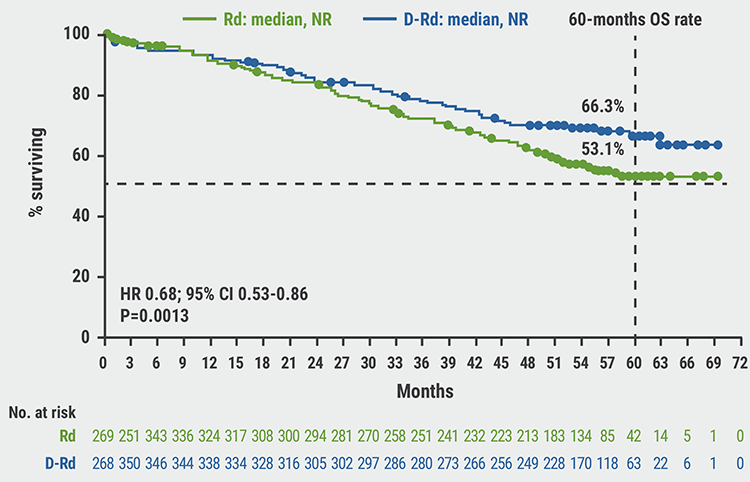As Dr. Alun H. Davies told Reuters Health by email, "Early referral of patients with leg ulcers for evaluation of treatment of their veins is key. Early vein treatment results in quicker leg-ulcer healing and less recurrence . . . This strategy is very cost-effective."
Dr. Davies, of Imperial College London, and colleagues conducted a randomized controlled trial including 450 patients with venous leg ulceration of less than six months' duration and superficial venous reflux.
The participants were assigned to an early-intervention group who received compression therapy followed by endovenous ablation within two weeks or to a deferred-intervention group who received compression therapy followed by endovenous ablation generally within 12 months. Median follow-up was about 3.5 years.
Of the 426 participants whose leg ulcer had healed, 121 (28.4%) experienced at least one recurrence, including 56 in the early-intervention group and 65 of the deferred-intervention group. This amounted to 0.11 per person-year in the early group and 0.16 in the deferred group (P=0.003), the researchers report in JAMA Surgery.
There was no significant difference in time to first ulcer recurrence between groups, but healing time was shorter in the early-intervention group (hazard ratio, 1.36).
Given a willingness to pay just over $26,000 per quality-adjusted life year (QALY), early intervention was 91.6% likely to be cost-effective at three years, whereas at a threshold of almost $46,000 per QALY it was 90.8%.
The researchers note that patients with concomitant arterial disease, foot ulceration, or those not compliant with compression were not included in the analysis, but the findings "indicate that a policy of deferred or delayed endovenous intervention is illogical for patients with venous ulceration."
Although there was no statistical evidence that early endovenous ablation reduces time to first ulcer recurrence, they conclude "it was associated with a reduced incidence rate of recurrent ulcers and is highly likely to be cost effective."
In an accompanying editorial, Dr. William Marston of the University of North Carolina School of Medicine, in Chapel Hill, notes that treatment with "High strength compression, wound care, and venous intervention all have a role to play, but the cost-efficacy of venous intervention as an adjunctive therapy has been poorly defined, leading to limited utilization."
The new data, he adds, supports the use of saphenous intervention as a cost-effective treatment leading to faster wound healing, fewer ulcer recurrences, and more ulcer-free days. "However, despite this convincing evidence," Dr. Marston concludes, "use of venous intervention is still believed to be low."
By David Douglas
SOURCE: https://bit.ly/36gyHLC and https://bit.ly/3n2hXO7 JAMA Surgery, online September 23, 2020.
Posted on
Previous Article
« Early findings suggest high-frequency spinal cord stimulation may relieve painful diabetic neuropathy Next Article
Interval breast cancers often more aggressive »
« Early findings suggest high-frequency spinal cord stimulation may relieve painful diabetic neuropathy Next Article
Interval breast cancers often more aggressive »
Related Articles
September 9, 2020
Ruxolitinib improves steroid-refractory aGVHD across subtypes

© 2024 Medicom Medical Publishers. All rights reserved. Terms and Conditions | Privacy Policy
HEAD OFFICE
Laarderhoogtweg 25
1101 EB Amsterdam
The Netherlands
T: +31 85 4012 560
E: publishers@medicom-publishers.com

